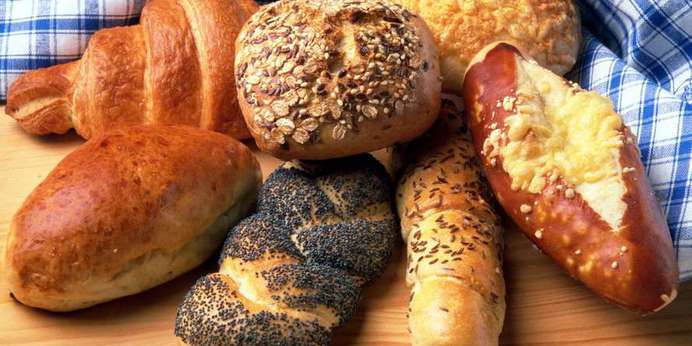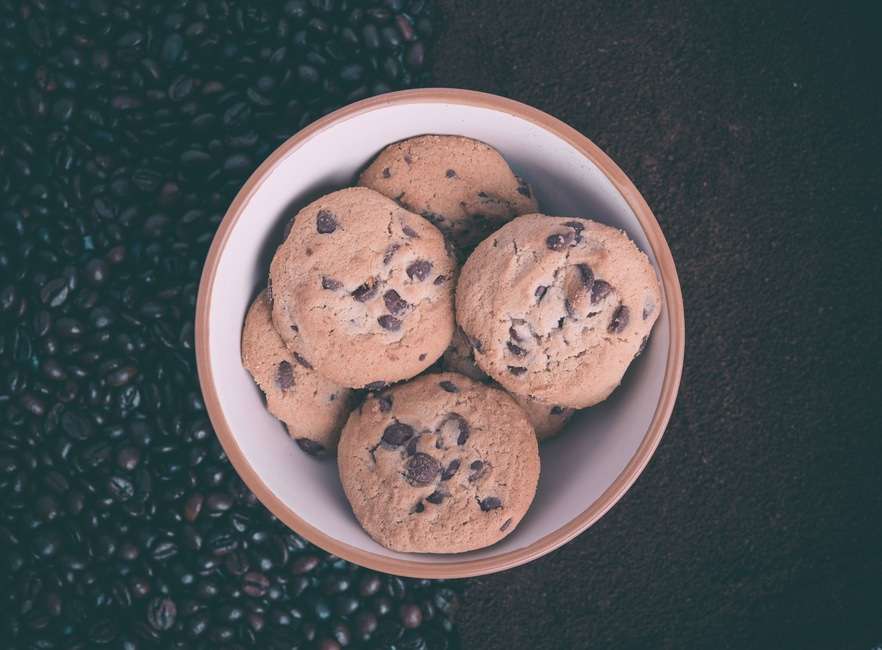
Analyzing the quality of baked products via spectrophotometric color measurement is essential to ensuring consumer satisfaction. Image Source: Pexels user pixabay.com
One of the best parts of my morning is walking into my local bakery and smelling the aroma of the freshly baked breads, cakes, and cookies, all right out of the oven and ready to entice the day’s customers. When buying bagged or boxed baked goods at the grocery store, however, there are no scent cues to guide my purchasing decisions. Instead, I must rely solely on sight to assess whether or not a product looks tasty.
Luckily, the color of baked foods can tell you a lot, giving you vital clues about potential flavor and even texture based on hue alone. Chances are you’ll pass over the cookies that just a bit too darkened, but you’ll reach for ones with just the right amount of browning, believing they’ll taste just right. Food manufacturers know this and are deeply aware of the impact the look of their products has on consumer choice. Thus, instrumental color measurement is an essential part of analyzing the quality of baked products for food manufacturers around the world.

The color of baked goods is the product of Maillard reactions, a complex series of chemical reactions that give cookies, breads, and cakes their distinctive color, smell, and taste. Image Source: Pexels user Padurariu Alexandru


